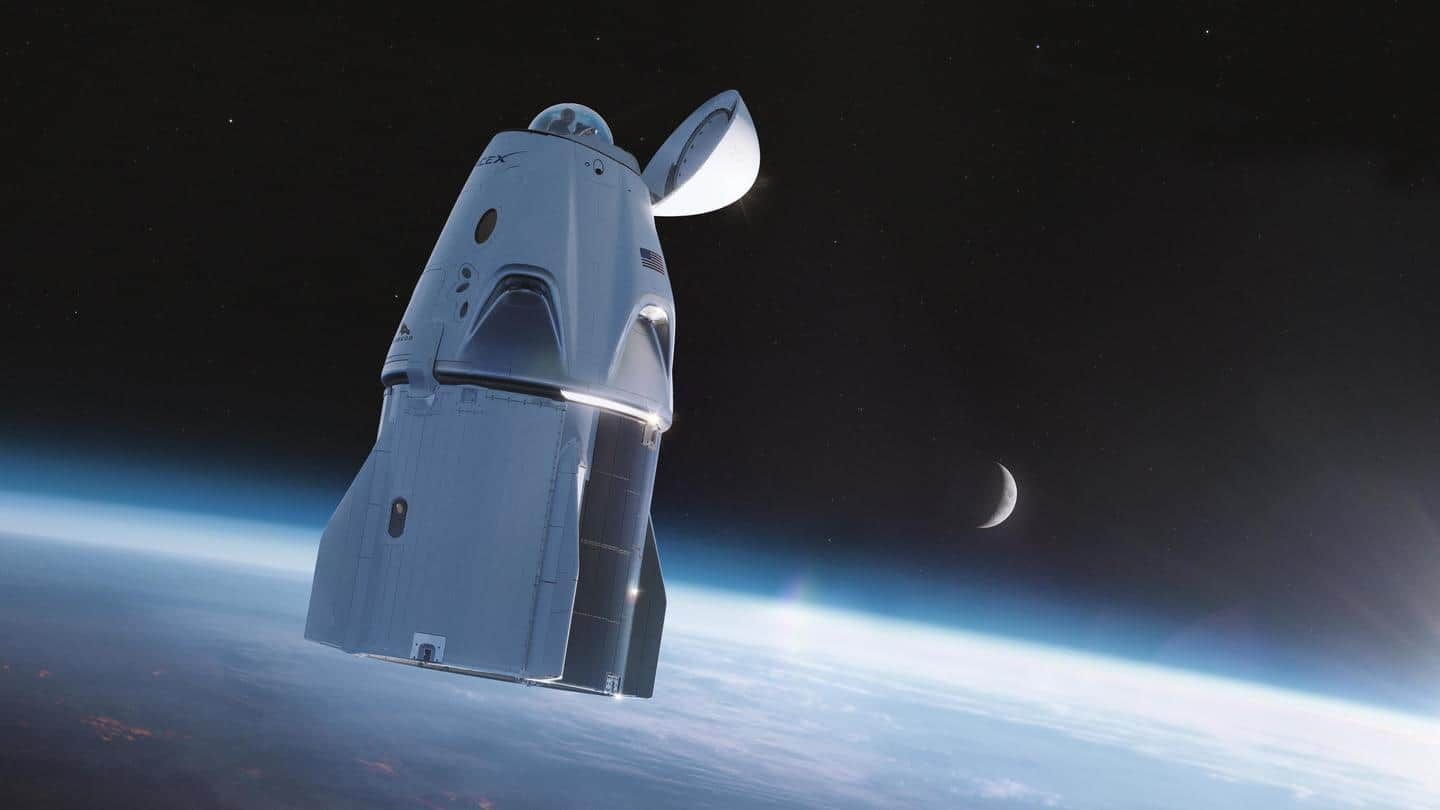
SpaceX will add 360-degree glass dome to Crew Dragon capsule
What's the story
The SpaceX Crew Dragon capsule might have famously completed two International Space Station (ISS) missions, but it is also primarily designed to be SpaceX's vehicle for space tourism. To that effect, the space vehicle is getting an upgrade that's more touristy than space worthy.
The capsule will be retrofitted with a glass dome to give space tourists a comprehensive 360-degree view of the universe.
Charity event
Modified capsule will be used for first-ever space tourism expedition
The modified Crew Dragon capsule will be used in the world's first all-civilian space tourism endeavor dubbed Inspiration4. The mission is funded by the CEO of Shift4 Payments Jared Isaacman, who has donated two seats to St. Jude Children's Research Hospital.
SpaceX CEO Elon Musk tweeted about the new addition to the capsule shortly after SpaceX revealed the full crew for the upcoming mission.
Unobstructed view
SpaceX dome similar to ISS Cupola observatory sans support frame
The render tweeted by Musk reveals how the glass dome replaces Crew Dragon's vestigial docking adapter, which was designed specifically to interface with the ISS during its first two NASA funded missions.
The capsule's glass window is similar to the Cupola observatory module of the ISS, albeit without any of the support frame structure occluding the view of the space.
Elaborate engineering
Dome protected by articulating shield that swings open in space
However, the Crew Dragon's implementation is a lot more complicated compared to the ISS Cupola. The dome is protected by an aerodynamic heat shield forming the nose of the capsule.
The design acts like a hatch that pops out once the capsule has pierced through the dense atmosphere and reached space, thereby protecting the dome from the aerodynamic and thermal stress of launch.
Aisle seat
NASA sticking to old capsule design for future ISS missions
NASA won't be using the touristy version of the Crew Dragon for its future ISS missions, and will instead rely on the original design replete with the nose attachment critical for docking.
The government space authority also added that panoramic window modification didn't require or go through NASA's safety approvals since it is being used for a private space mission.